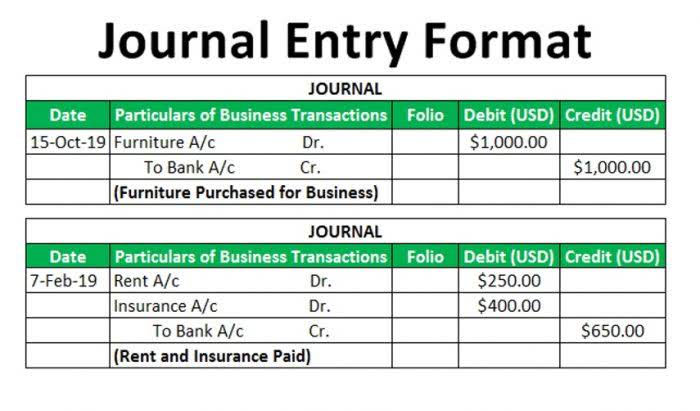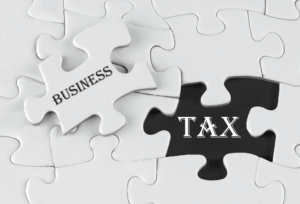15 May An Overview of the New Partnership Tax Basis Capital Reporting Requirements For 2020 Lear & Pannepacker, LLP

Even after completing my business degree and CPA, I didn’t pay much attention to it outside of stock investments. If you look at your tax return, you will doubtless see many worksheets and tax forms where basis is calculated. While the calculations themselves can be complex, it’s important to understand the concept so you can better strategize to decrease any future tax liabilities. As we commence the filing season for 2019 returns, partnerships and tax preparers are permitted to rely upon the 2018 Form 1065 instructions and rules when preparing partnership returns. The IRS promises guidance on the new rules during 2020, so partnerships and tax preparers will be ready to implement them during the filing season for 2020 tax returns. However, it is important to begin the process of transitioning to accounting for partners’ tax basis as early as possible.
Employment Law Compliance in the Bay Area: What San Jose Businesses Need to Know
CFI is the global institution behind the financial modeling and valuation analyst FMVA® Designation. CFI is on a mission to enable anyone to be a great financial analyst and have a great career path. In order to help you advance your career, CFI has compiled many resources to assist you along the path.

What Types of Businesses Are Best-Suited for Partnerships?

She is a founding partner of Strategy Law, LLP in downtown San Jose where she practices business and real estate law including formation and representation of LLCs. When you own a stock or any investment, you have to spend money or exchange some other asset to acquire your new investment. When an investment is sold, the difference between what you paid originally and what you received determines if you made or lost money. When there is only one entry and exit transaction, it’s easy to understand and calculate. Thus, we should all stay up to date with tracking our basis annually and we should have an end vision in mind when working through it.
The Focus – Our Tax E-Newsletter
This determination is normally done at the end of the year and is vital to ascertaining the partner’s distributive share of profits or losses. The analysis of inside basis vs. outside basis affects the taxation of a partnership. A partnership occurs when two or more parties cooperate to advance their mutual interests. This is done when partnership accounting each party contributes to carrying on a trade or operation of a business and divides its assets according to the contributions of each party. Section 754 of the US Internal Revenue Code provides a set of rules that govern the tax allotted for a partner. The accrual accounting method tracks earnings and expenses when first incurred, rather than waiting to document them when money gets received or bills paid.
- Like any business structure, a partnership comes with both benefits and drawbacks.
- The rule allows the non-lender partners to continue being allocated basis from the nonrecourse loan owed to another partner (or partner affiliate) so long as the lender partner is predominantly a creditor rather than a partner.
- It’s important to distinguish that partnerships adding or selling partnership interests must consider how such changes impact owners’ tax basis.
- In an LLP, partners are not exempt from liability for the debts of the partnership, but they may be exempt from liability for the actions of other partners.
- Inside basis usually comes from partner contributions but may also come from purchases the partnership makes with partnership funds.
- Most sole proprietors do not have the time or resources to run a successful business alone, and the startup stage can be the most time-consuming.
Format
Specifically, it focuses on when money is received, or expenses get paid, which may not occur exactly when these items are accrued. Accrual-basis and cash-basis accounting each have their advantages and drawbacks. There are logical reasons, such as company size and budget, that might lead a business to prefer one system over the other.
How Does a Partnership Differ From Other Forms of Business Organization?

If you have any more questions about basis in a partnership or other tax help you can fill out our questionnaire and book a discovery meeting to see how we can help. FreshBooks is an accounting software service with affordable tier options aimed at freelancers and small businesses. Other common law jurisdictions, including England, do not consider partnerships to be independent legal entities. Centaur Digital Corp, helping busy business owners efficiently manage their accounting system.

Recording what each initial partner contributes to the partnership is essential to determine their tax basis, including whether they’ve established a loss or gain, and therefore their tax obligations. According to the Internal Revenue Service, the 2019 tax year saw more than 25 million partners comprising nearly four million tax returns filed by partnerships 2019. With many concerns necessary for navigating the U.S. tax code, including filing annual returns, one important consideration for partnerships and their partners is how to calculate tax liability. To determine how much they profit https://x.com/bookstimeinc or lose on their investment, there must be an accurate calculation of adjusted cost basis via outside cost and inside cost basis. Outside basis is a fundamental concept for partners in a partnership, as it directly influences their individual tax obligations.

The at-risk rules for partnerships
The second is that the gain or loss a partner recognizes on the sale of his partnership interest is calculated using his tax basis. If a partner receives cash or other consideration that is in excess of his tax basis, then he should recognize a gain on the sale of his partnership interest on his individual income tax return. Basis for the purposes of applying at-risk limitations is adjusted by income, deductions, contributions and distributions only. Thus, if a partner has a negative tax basis and only nonrecourse debt that is not qualified, then their losses and deductions may be limited. Any losses that are limited are suspended and carried forward to a future year when there is enough basis for the losses to be released as an offset to taxable income. The partner’s basis is increased by the following, additional contributions to the partnership, including an increased share of, or assumption of, partnership liabilities, taxable and nontaxable partnership income.
Debt qualifying under this de minimis rule is treated as a true nonrecourse liability. Distributions made during the year can affect a partner’s outside basis and, consequently, their ability to deduct losses or recognize gains. For example, if a partner receives a significant distribution early in the year, it may reduce their outside basis to a point where they cannot fully deduct their share of partnership losses later in the year. This dynamic requires partners to carefully plan the timing and amount of distributions Online Accounting to optimize their tax outcomes. Using the cash method for income taxes is popular with businesses for two main reasons. First, the method of accounting easily allows businesses to answer questions regarding annual revenue, expenses and financial losses.



No Comments